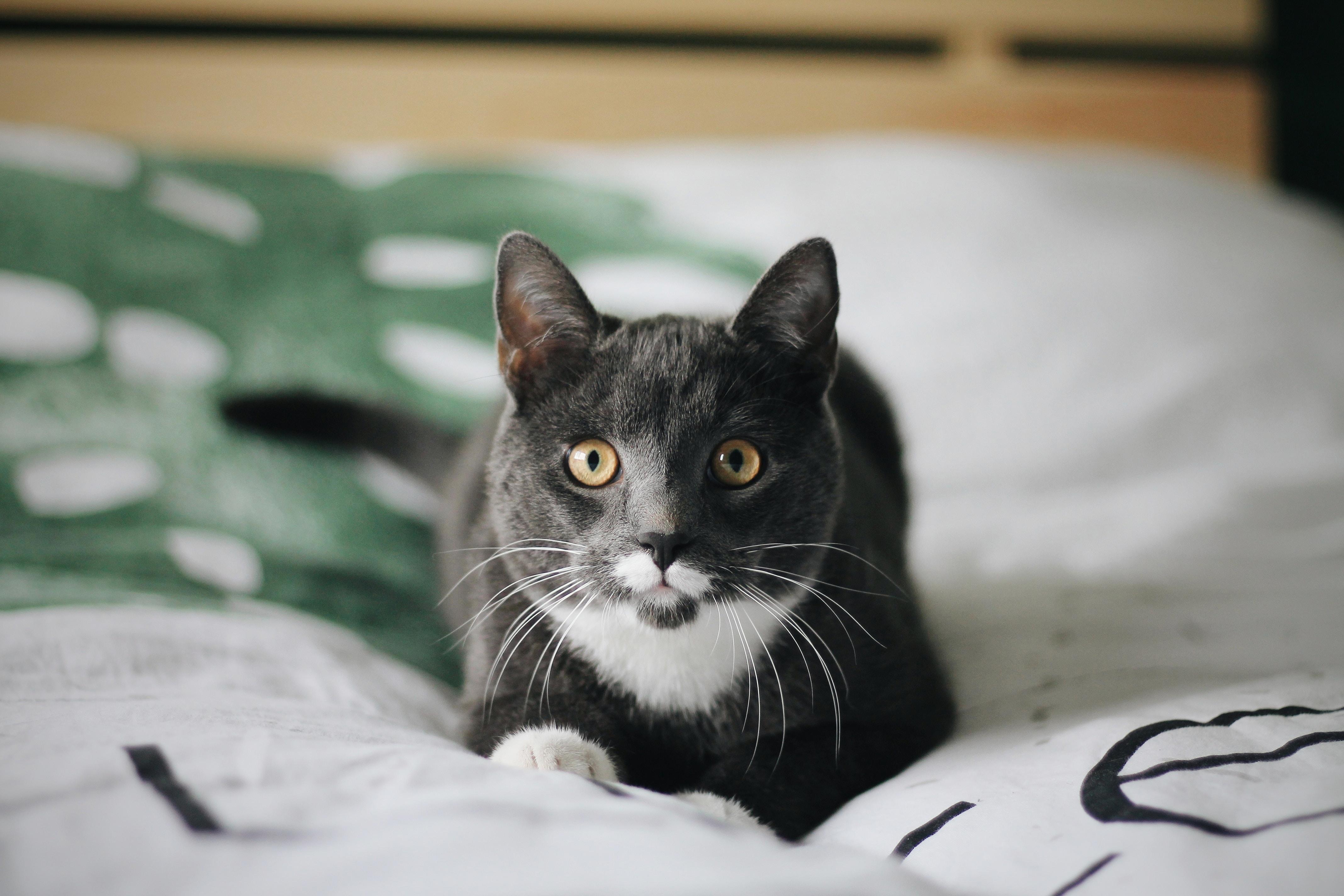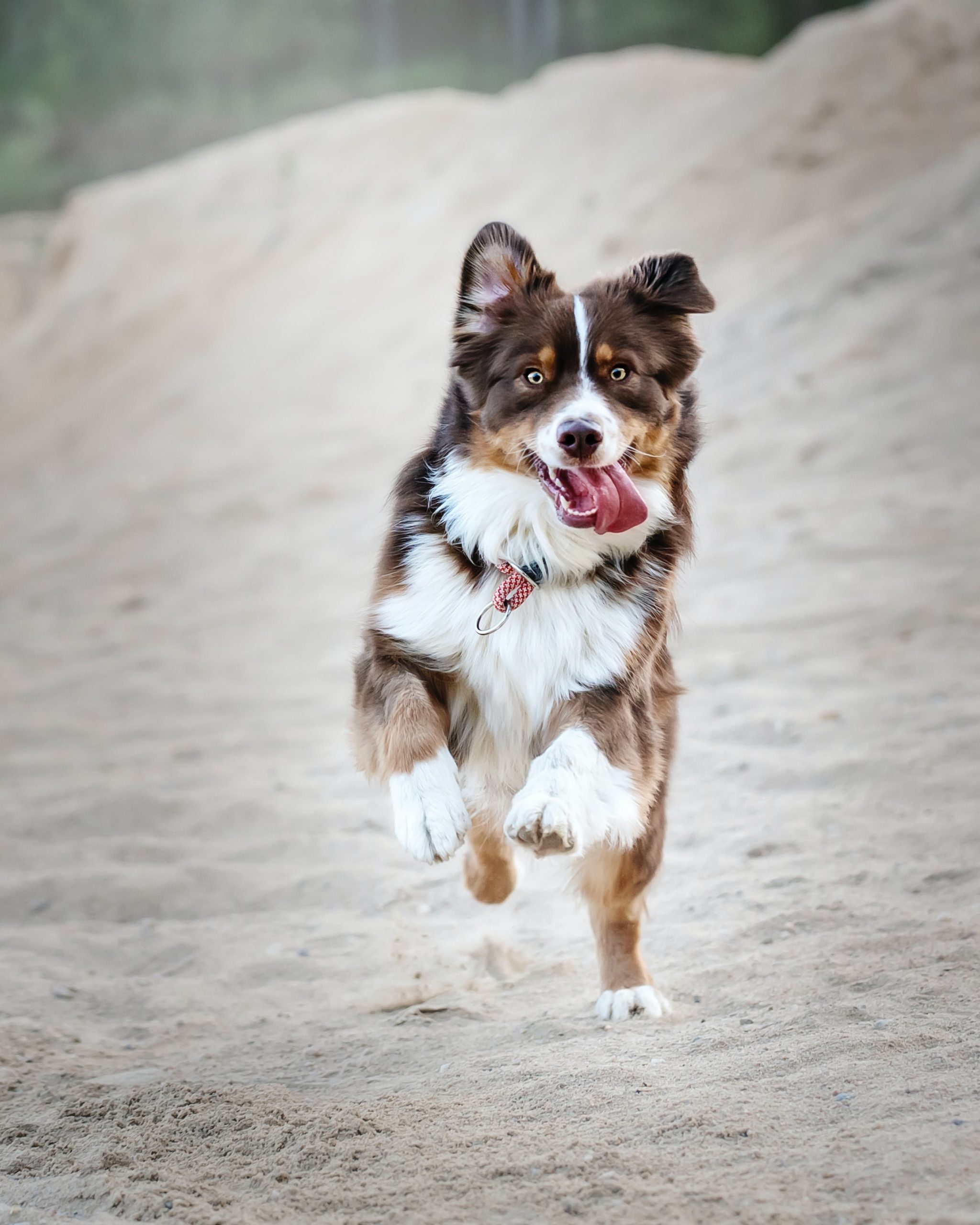Pugs are generally known for having a friendly and outgoing temperament. They are affectionate, playful, and love being around people. Pugs are often described as being “clowns” due to their silly and humorous nature, which makes them popular as pets.

Pugs also tend to be very loyal and devoted to their owners, and they thrive on human companionship. They are known for being very social and love to be around people as much as possible. Pugs can become very attached to their owners and may even follow them around from room to room.
One thing to keep in mind is that Pugs can be prone to separation anxiety, so it’s important to ensure they are not left alone for long periods of time. They also have a tendency to overeat and become overweight, so their diet and exercise routine should be carefully monitored.
Overall, Pugs are friendly, affectionate, and social dogs that make great companions for families and individuals who are looking for a loyal and playful pet.
Why do pugs get angry?
It’s important to note that not all pugs get angry, and anger in dogs can be caused by a variety of factors, including genetics, past experiences, and current environment. However, there are a few potential reasons why pugs (and dogs in general) may display aggressive or angry behavior:
Fear: Dogs may display aggressive behavior when they feel threatened or afraid. This can be due to a variety of factors, such as being in a new or unfamiliar environment, feeling overwhelmed by stimuli (such as loud noises or large crowds), or having a past traumatic experience.
Lack of socialization: Dogs that have not been adequately socialized may feel uncomfortable around other dogs or people, and may respond with aggression as a defense mechanism.
Pain or discomfort: If a dog is in pain or discomfort, they may be more irritable or reactive. Pugs are prone to certain health issues, such as breathing problems and joint pain, which could potentially contribute to aggressive behavior.
Territoriality: Dogs are naturally territorial, and may become aggressive if they feel that their territory (such as their home or yard) is being threatened.
If you have concerns about your pug’s behavior, it’s important to seek the guidance of a qualified animal behaviorist or trainer who can help assess the underlying cause and develop a plan for managing or modifying the behavior.
If you liked this article (or if it helped at all), leave a comment below or share it with friends, so they can also know What kind of temperament do Pugs typically have and how do they interact with their owners?







